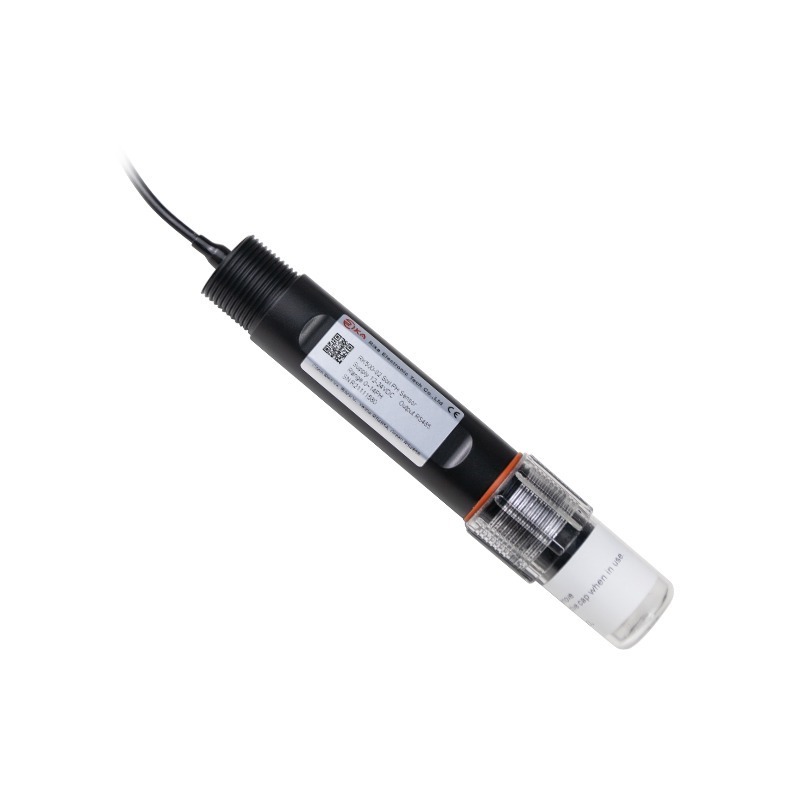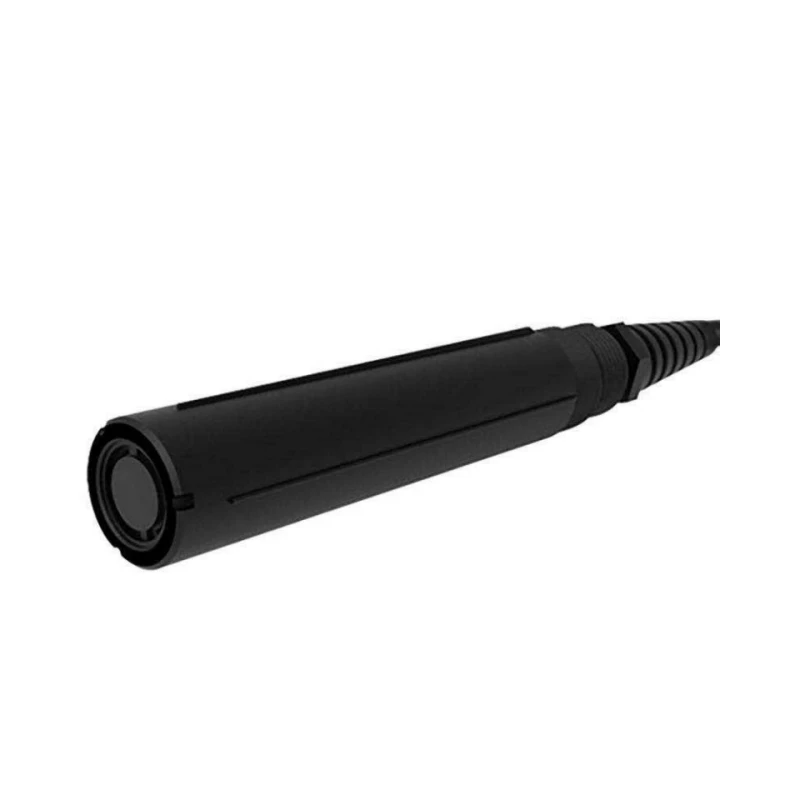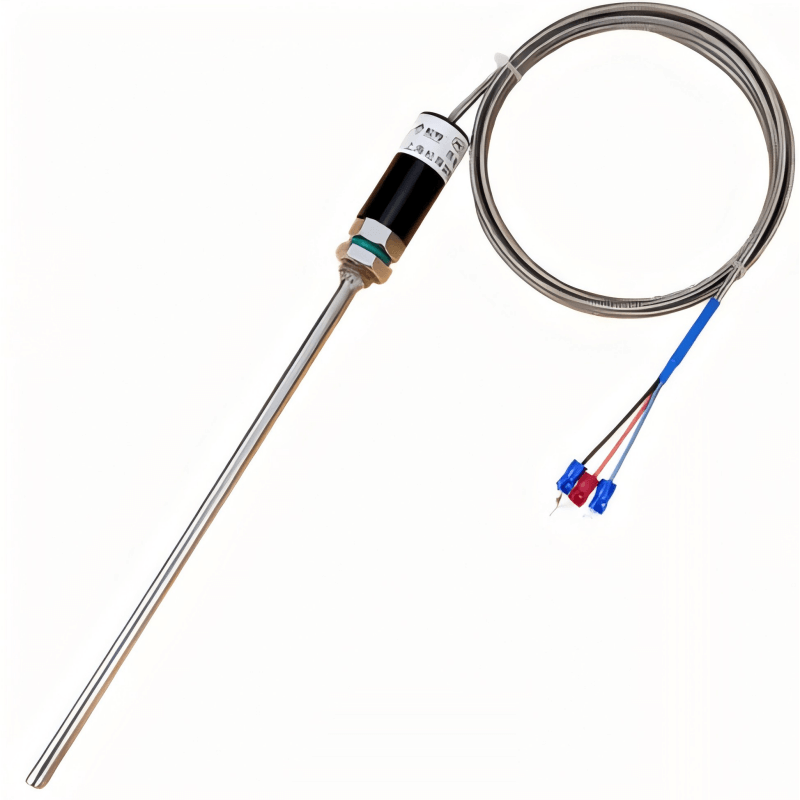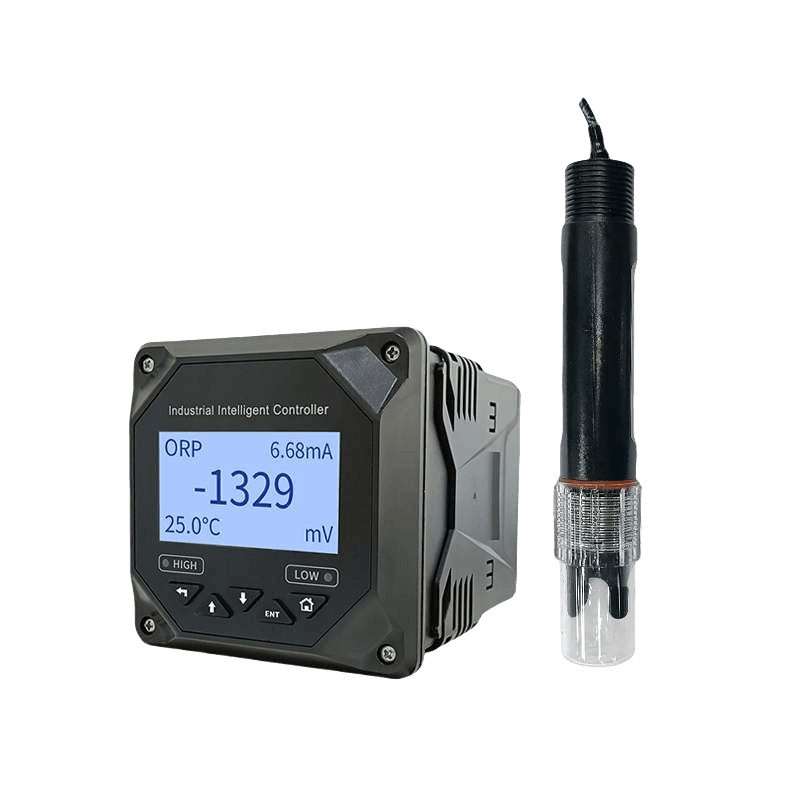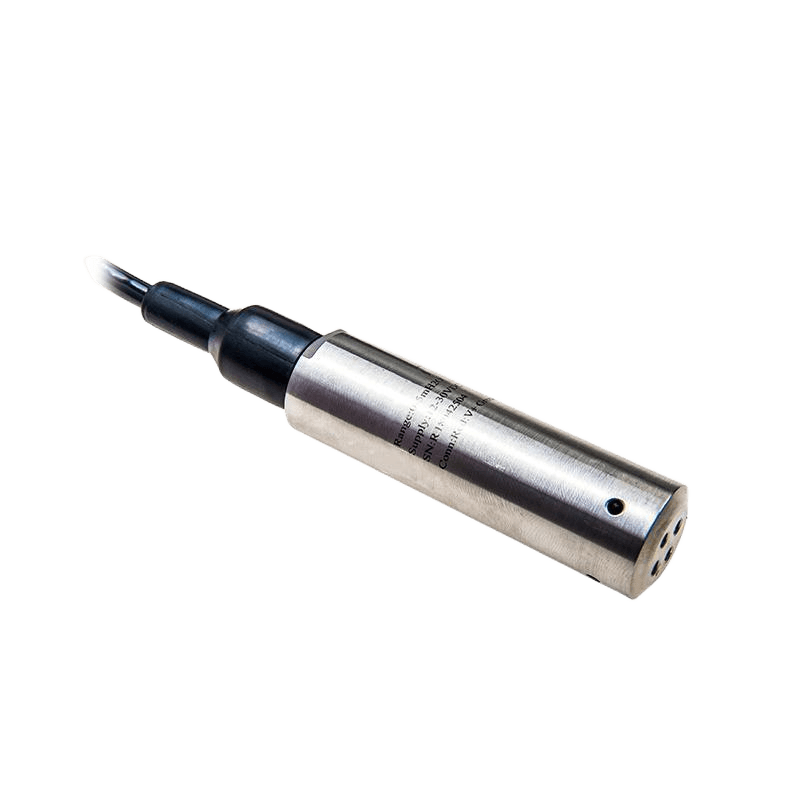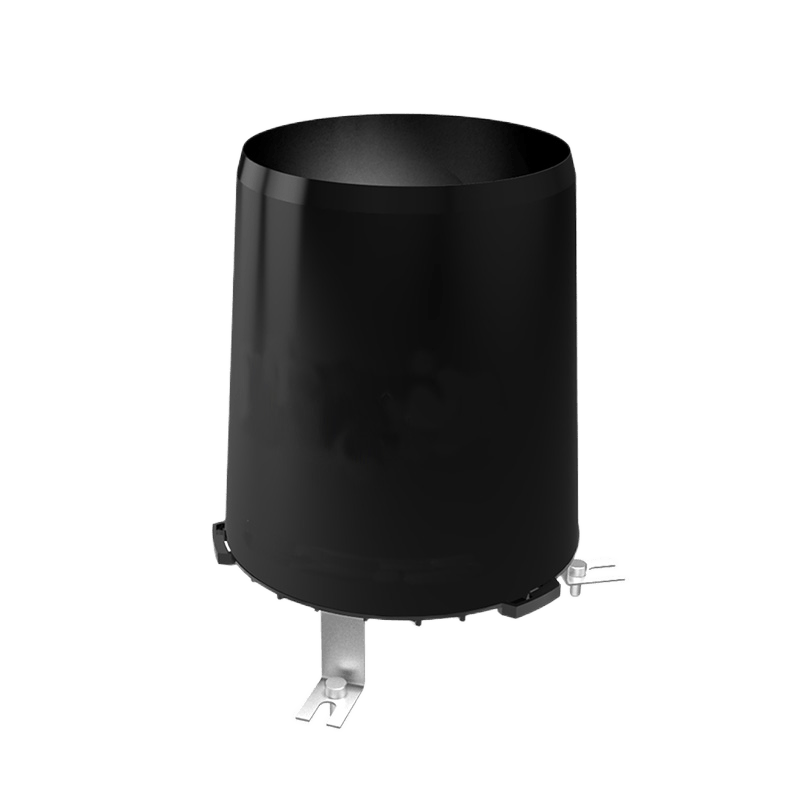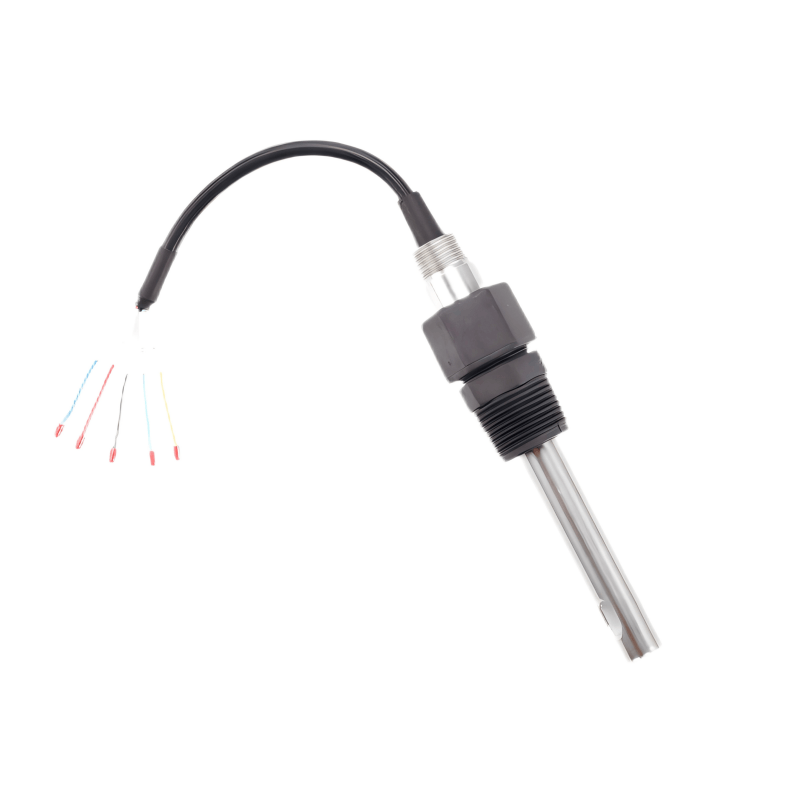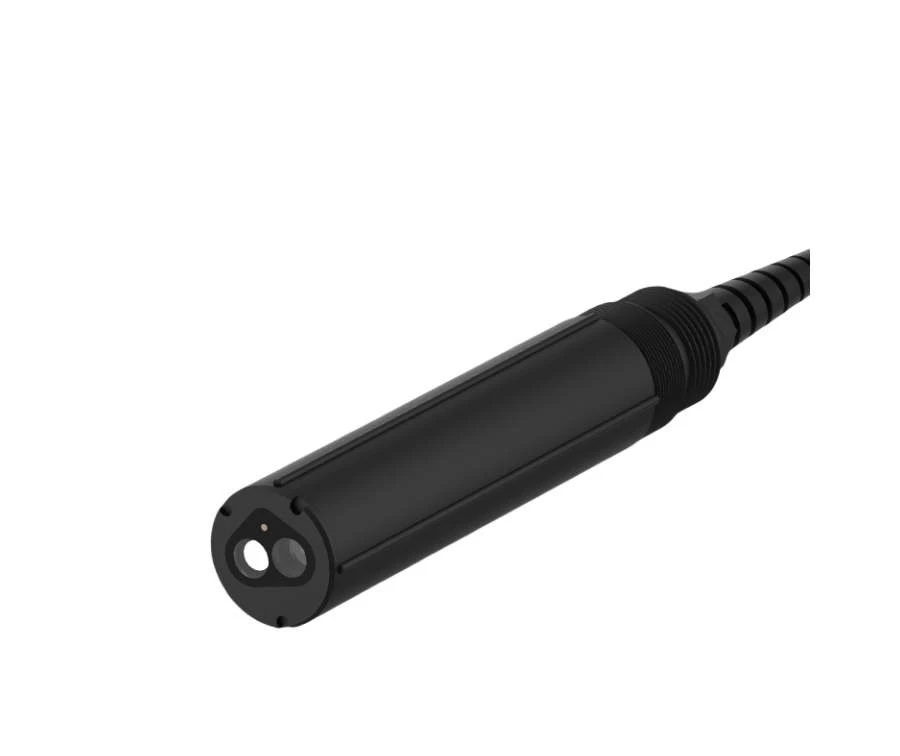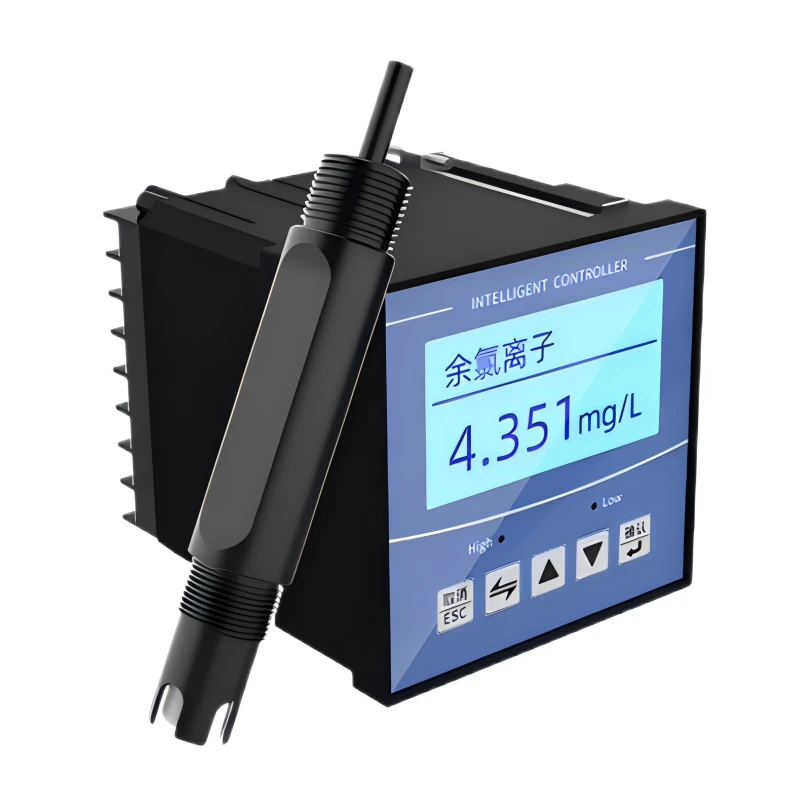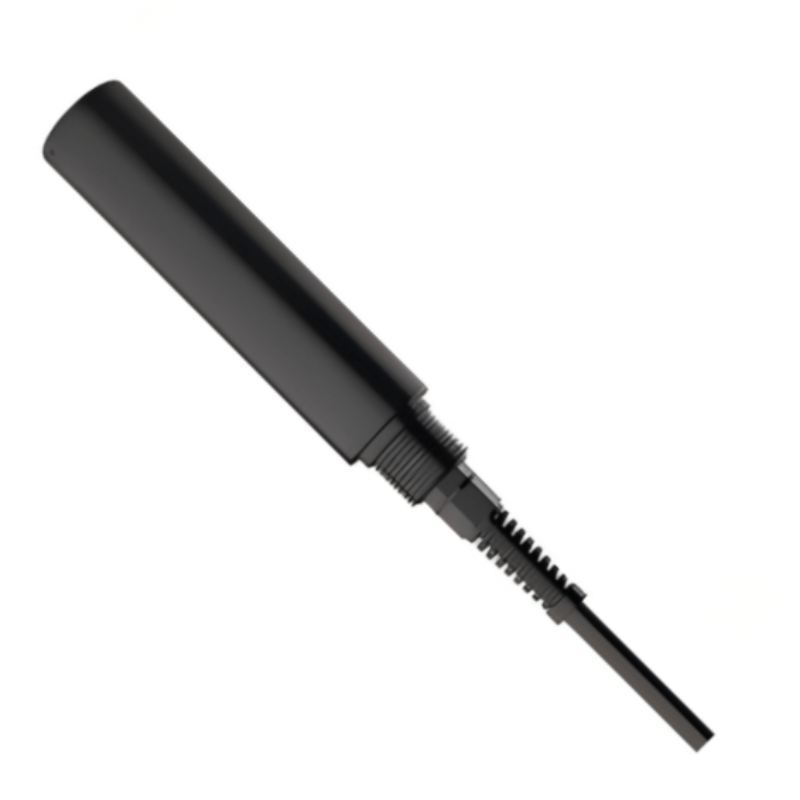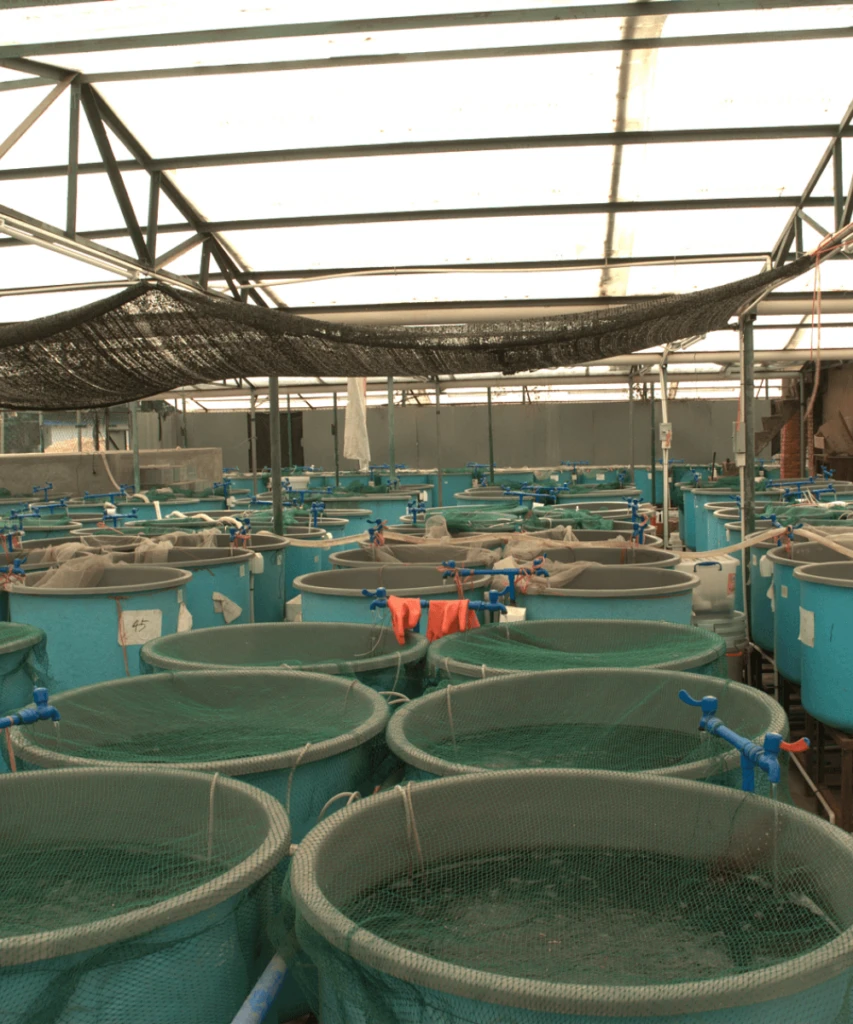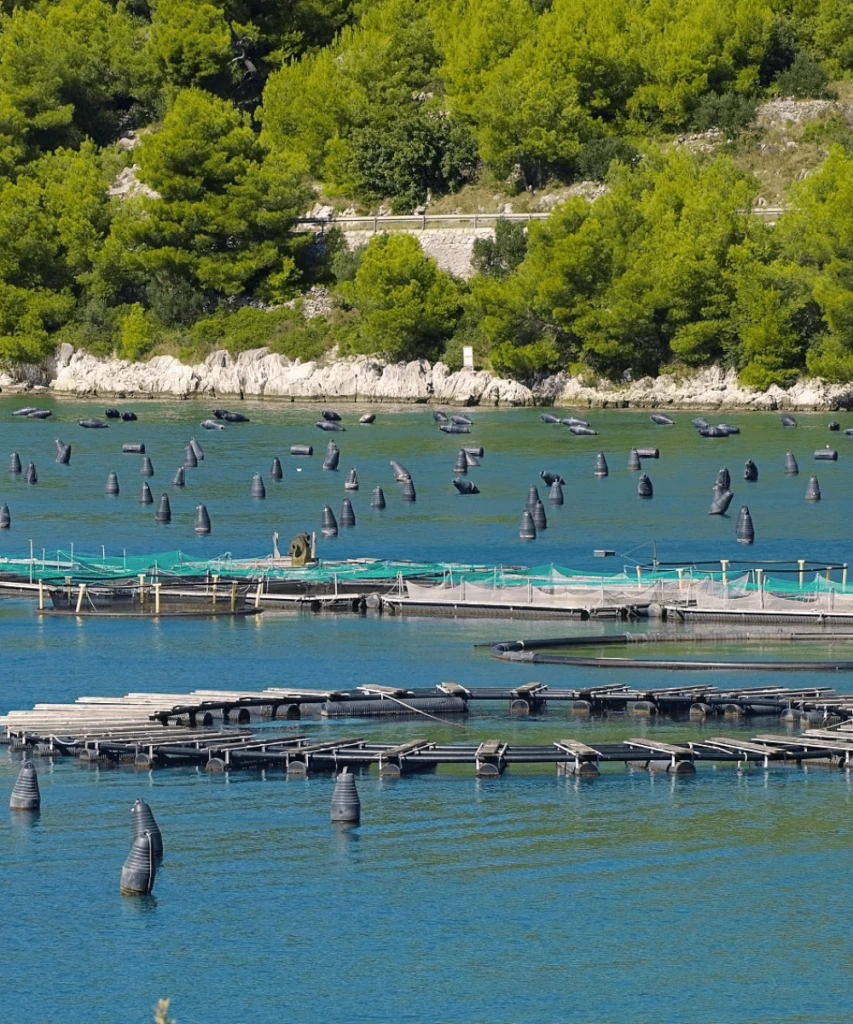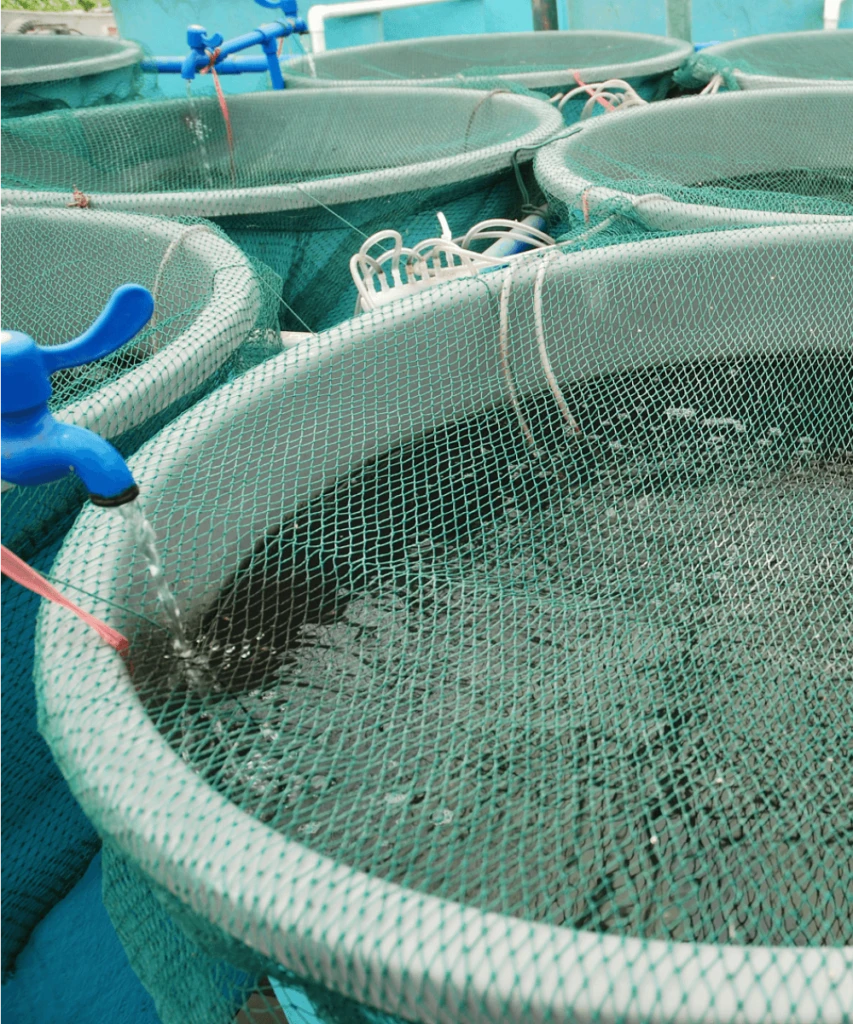Aquaculture Monitoring Solution
Home » Aquaculture Monitoring Solution
Aquaculture in the Internet of Things.
Aquaculture denotes the productive undertakings involving the propagation, cultivation, and gathering of economically valuable aquatic flora and fauna (such as fish, shrimp, crabs, shellfish, algae, and the like) within artificially regulated aquatic environments (encompassing both freshwater and seawater) by means of diverse aquaculture techniques.
Water quality parameter monitoring
Various sensors are installed in the aquaculture water, such as dissolved oxygen sensors, temperature sensors, pH sensors, ammonia nitrogen sensors, etc., which can monitor the water quality status in real time.
Meteorological environment monitoring
The internal environment of the water body, the Internet of Things can also monitor the meteorological conditions around the farm, such as temperature, pressure, rainfall, wind speed and so on.
Feeding system
The Internet of Things can realize the intelligent control of the feeding equipment. According to the breeding variety, specifications, quantity, water quality, water temperature and other environmental factors, the system can accurately calculate the appropriate feeding amount and feeding time.
equipment control
In addition to automatically triggering the opening of the aeration equipment during water quality monitoring, the operating time and operating power of the aerator can be finely managed according to the preset program and real-time data.
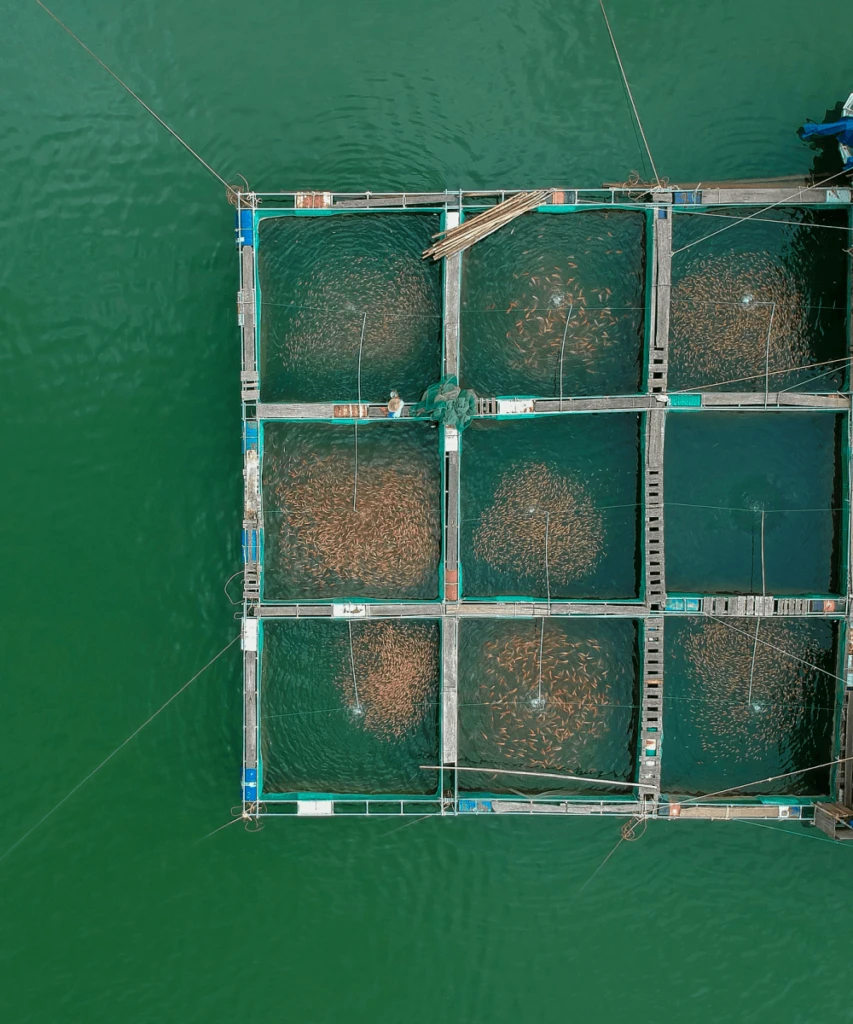
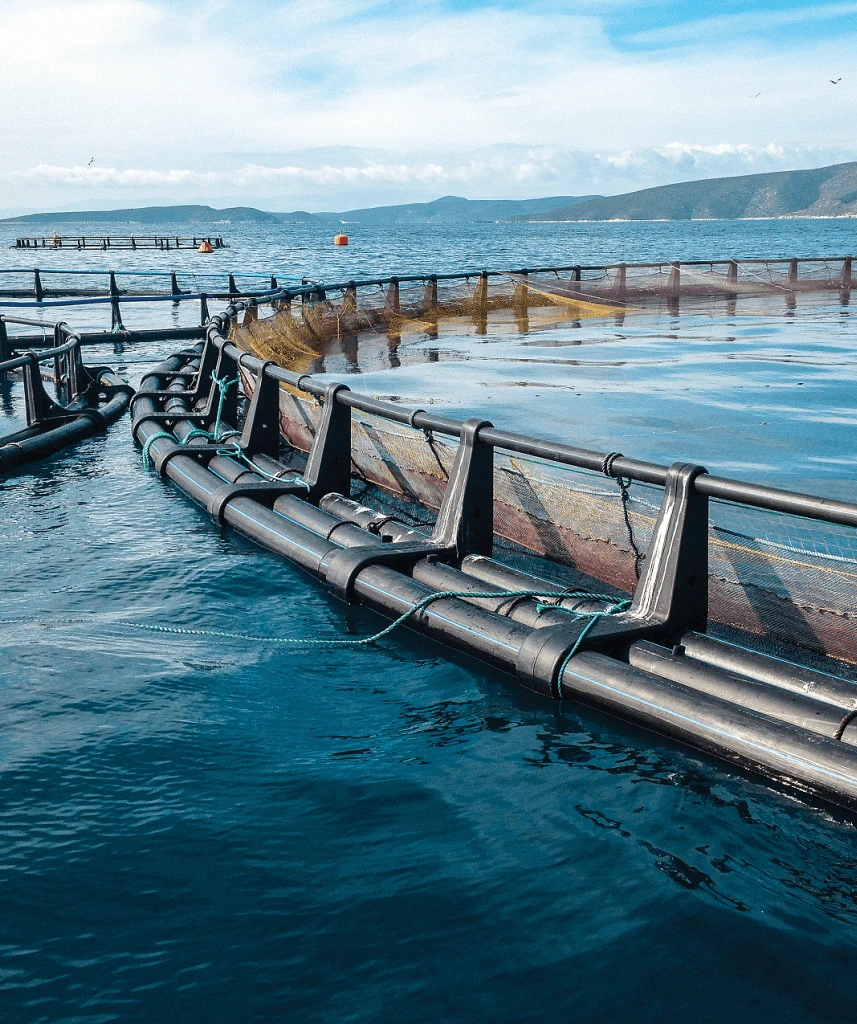
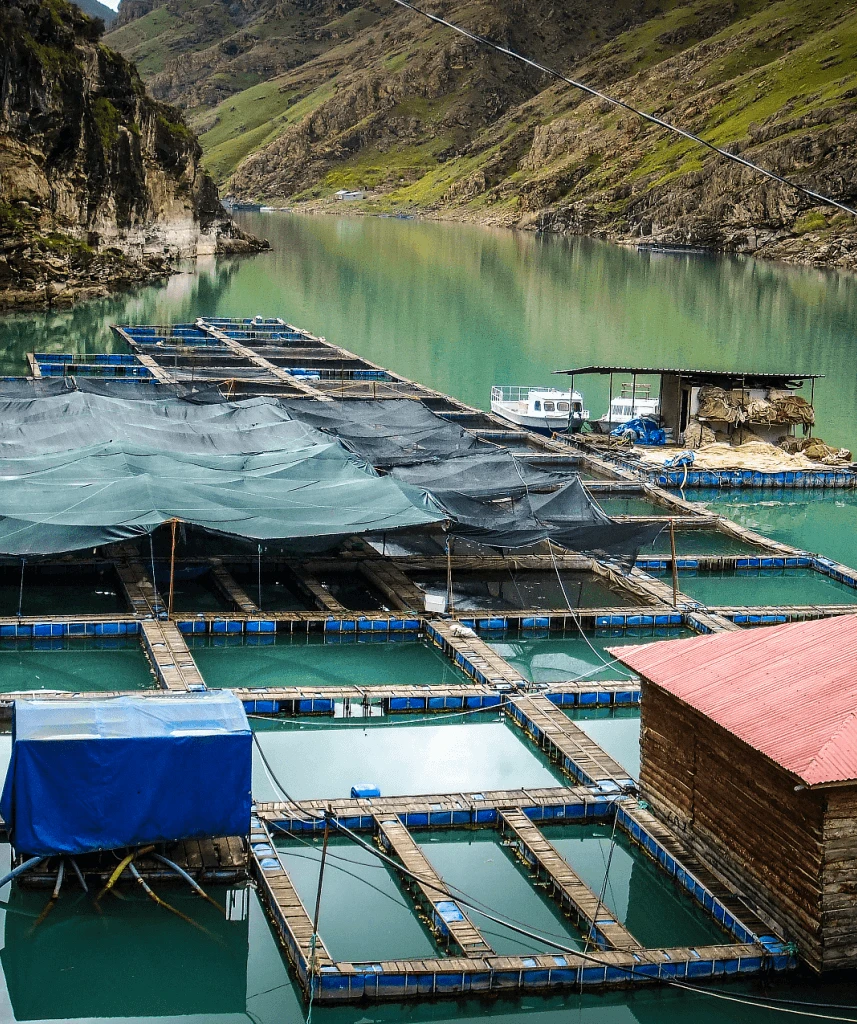
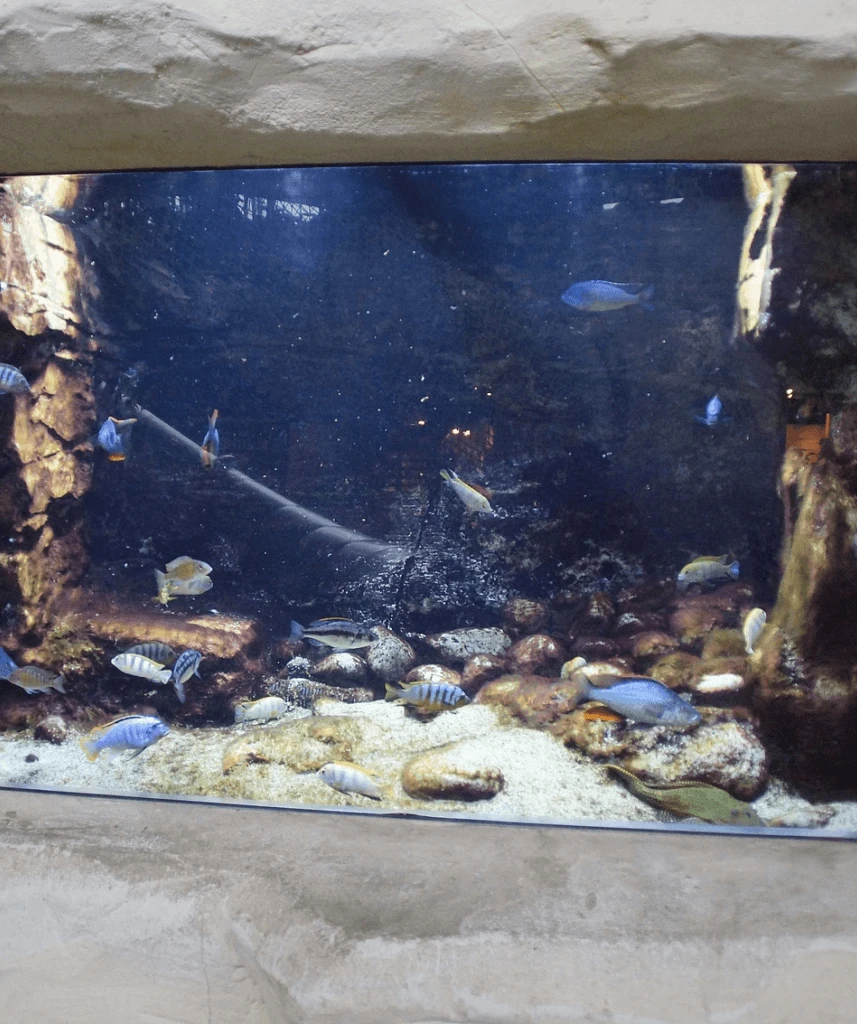
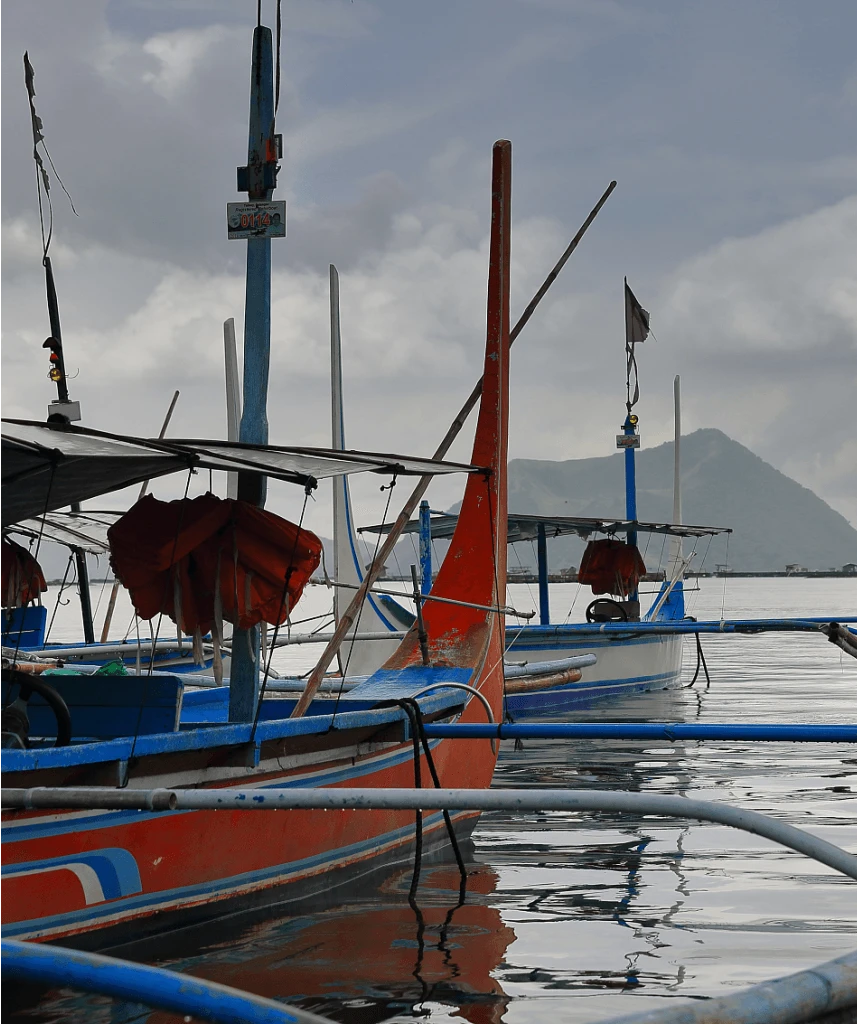
The application of sensors in Aquaculture Monitoring Solution
PH Sensor
Function: In the aquaculture environment, the pH value is the key index, freshwater fish are suitable for 6.5-8.5PH in the water body, while Marine fish is between 7.5-8.4, pH value also affects the growth of microorganisms, which can have an impact on fish.
DO Sensor
Function:Dissolved oxygen constitutes one of the most crucial water quality parameters within the realm of aquaculture. The respiration process of aquatic organisms is reliant on dissolved oxygen, and diverse aquatic animals possess varying requirements regarding dissolved oxygen.
For instance, the majority of fish species will exhibit a floating head behavior when the dissolved oxygen concentration drops below 3mg/L, and may even experience suffocation when it falls below 2mg/L.
Water temperature sensor
Function:Water temperature plays a vital and decisive role in influencing the metabolism, growth pace, and reproductive activities of aquatic animals. Varied aquatic animals possess their distinct and specific suitable water temperature ranges.
For example, the optimal water temperature range for tropical fish typically lies between 24 and 30 degrees Celsius, while for cold water fish like salmon, the suitable water temperature span is from 10 to 16 degrees Celsius.
ORP sensor
Function:REDOX potential (ORP) is one of the important indicators of water quality, and REDOX sensors can measure the ORP value of the water, so as to reflect the macro oxidation reduction property of all substances in the water. The higher the ORP value, the stronger the oxidation of the water body, on the contrary, the stronger the reducibility, which can help farmers quickly understand the overall status of the water quality.
Submersible Liquid Level Transmitter
Function: Within aquaculture ponds or tanks, level sensors are capable of detecting alterations in water levels. Unusual fluctuations in water levels can stem from water leakage, heavy precipitation, or malfunctions of equipment.
For instance, during heavy rain, if the water level becomes excessively high and might lead to the escape of aquatic animals, the level sensor can promptly sound an alarm. Subsequently, farmers can implement measures such as draining water to avert such occurrences.
Rain Sensor
Function: Within the realm of aquaculture, ponds are prevalently used as breeding grounds. Rainfall sensors possess the ability to conduct real-time surveillance of rainfall. When copious amounts of rain occur, the water level in the pond escalates speedily.
This measure serves to preclude the pond water level from becoming excessively high and thereby averting the escape of aquatic animals.
TDS Sensor
Function:TDS (Total Dissolved Solids) sensors chiefly function to assess the amount of total dissolved solids within water bodies. In the context of aquaculture, they possess the capability to precisely gauge the overall quantity of diverse inorganic substances and organic matter that are dissolved in water.
Water Conductivity Sensor
Function:Turbidity sensors have the function of real-time surveillance over the clarity of aquaculture water. In an aquaculture context, the turbidity of a water body is a critical index that gives an indication of the number of suspended particles contained therein.
Residual chlorine sensor
Function:Utilizing a residual chlorine sensor for monitoring purposes, the concentration of residual chlorine is kept within the effective disinfection range spanning from 0.3 to 0.5mg/L. This particular concentration is highly efficient in eradicating bacteria, viruses, fungi, and assorted pathogens present in the water, thereby providing a favorable and healthy growth environment for aquatic animals.
Suspended matter
Function:The suspended matter sensor is capable of real-time detection of the amount of suspended matter in water, which serves as a crucial index for gauging the level of water clarity. In the field of aquaculture, clear water enables light to permeate through, guaranteeing the regular photosynthetic activities of plants like algae in the water.
Aquaculture Monitoring Customer Case
Background:
An aquaculture enterprise situated in a coastal metropolis, with the aim of fulfilling the market’s appetite for sea bass and diminishing reliance on the natural aquatic environment, constructed a factory recirculating aquaculture setup.
Aquaculture Monitoring Solution equipment:
Aquaculture Monitoring Solution equipment:
Dissolved Oxygen Sensors: These sensors are positioned at various spots within the breeding tank to conduct real-time surveillance of the dissolved oxygen levels in the water. Given the high stocking density in factory farming, sea bass have stringent demands regarding dissolved oxygen, which must be sustained between 5 – 8mg/L.
Temperature Sensor: Temperature holds significant importance for the growth of sea bass, with the ideal range being 20 – 25°C.
Suspended Matter Sensor:Whenever the concentration of suspended matter becomes excessive and starts to impact the clarity of the water quality, filtration apparatuses such as sand filters and microfiltration equipment are initiated to guarantee clean water conditions and create a favorable visual environment for the sea bass.
Results:
Sensors precisely monitor and control, which significantly accelerates the growth rate of bass and shortens the breeding cycle from 10 – 12 months in traditional pond farming to 8 – 9 months. At the same time, effective control of the water quality makes the quality of sea bass good, reduces the mortality rate, and enables the annual production to reach 55 tons, exceeding the expected target.
Background:
In a coastal area in south China, the project of Marine cage culture of grouper was carried out by taking advantage of the favorable conditions of the harbor. The aquaculture sea area is about 1000 square meters, and 50 large cages are placed, each cage breeding about 1000 grouper.
Aquaculture Monitoring Solution equipment:
Dissolved oxygen sensor: Situated within the confines of the cage and the adjacent sea region, a dissolved oxygen sensor undertakes the task of real-time surveillance of the dissolved oxygen quantity in seawater. Groupers exhibit a substantial need for dissolved oxygen, customarily not dropping below 4mg/L.
Salinity sensor: Salinity sensors are employed to keep track of variations in seawater salinity. During the rainy season or when fresh water is introduced, the salinity might decline. In the event that the salinity drops below 30‰, prompt actions need to be taken. These can include adjusting the position of the cage or adding sea crystals to ensure that the appropriate salinity is maintained.
Water temperature sensor: The appropriate water temperature for grouper is 22-28 ° C. Water temperature sensor monitors water temperature changes, when the water temperature is too high or too low, by adjusting the depth of the cage to find the appropriate water temperature layer.
Results:
Through the effective monitoring and management of sensors, the survival rate of grouper has increased from about 70% to more than 85%, the growth rate is accelerated, and the breeding cycle is shortened.
Background:
Large shrimp farms, breeding area of hundreds of acres. The farm previously faced problems such as inaccurate water quality monitoring, frequent shrimp diseases, and inaccurate feeding, which led to unstable shrimp production and quality and affected economic benefits.
Weather station equipment:
Dissolved oxygen sensors: Real-time monitoring feature of the dissolved oxygen sensor equips farmers with the means to quickly identify a dearth of dissolved oxygen. Promptly upon detection, they can institute measures to augment the dissolved oxygen content.
pH sensor: The pH value of the shrimp tank greatly affects the growth and molting process of shrimp. We install a pH sensor on the wall of the shrimp pond to conduct real-time monitoring of the pH value.
Temperature sensor: Water temperature is an important factor affecting the growth rate and feeding situation of shrimp. The temperature sensor is placed in the shrimp tank and can monitor the water temperature in real time.
Results:
Through the application of these sensors in aquaculture, the yield of the shrimp farm has been significantly increased, from the original 300-400 kg per mu increased to 500-600 kg.
LEAVE A MESSAGE
Just tell us your requirements, we can do more than you can imagine.

Welcome to Hunan CODA Electronic Technology Co., LTD
- Building S5, Oakes Plaza, Changsha, Hunan
- Monday to Friday: 9:00 a.m. to 20:00 p.m
- (+86)17775769236
- [email protected]
